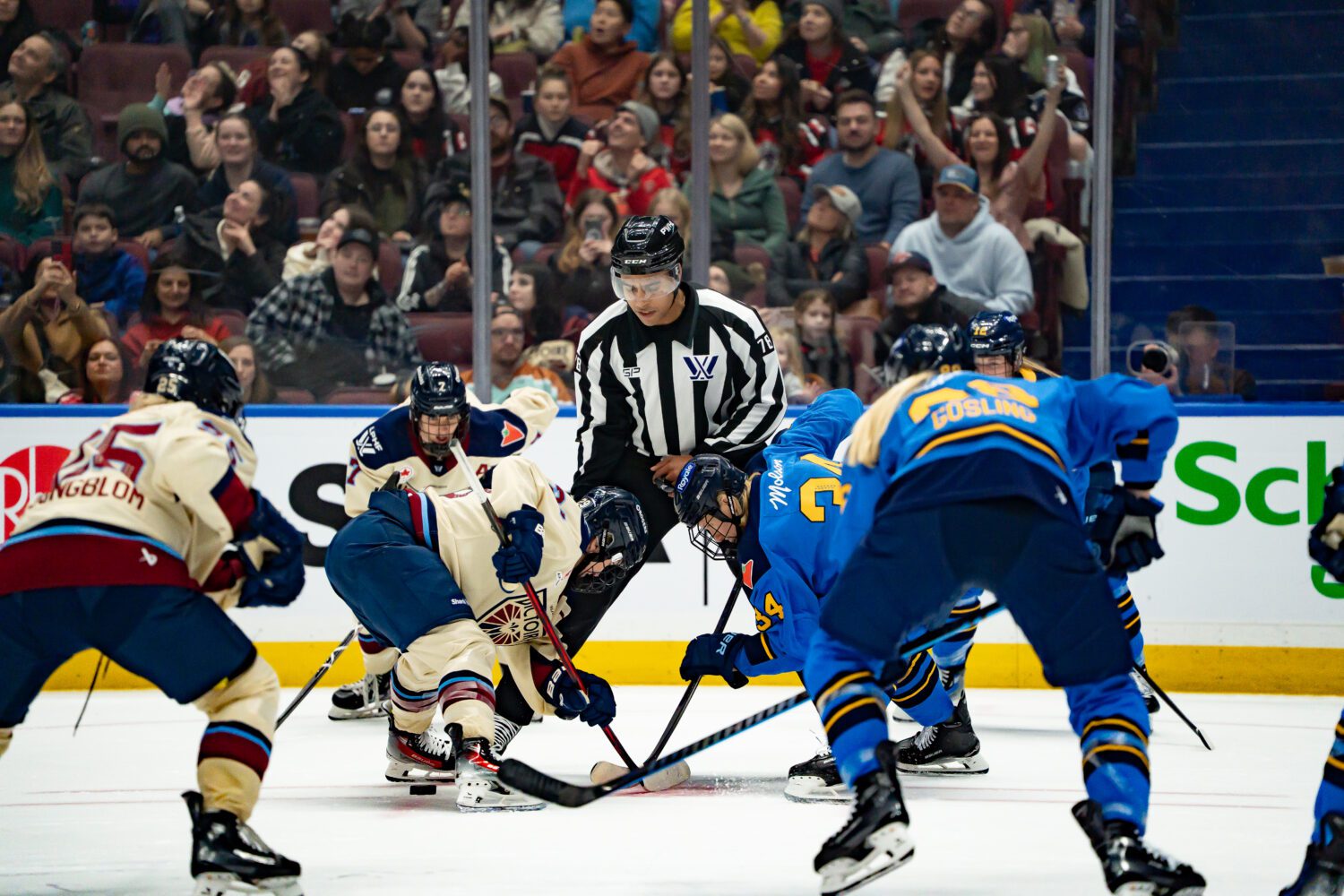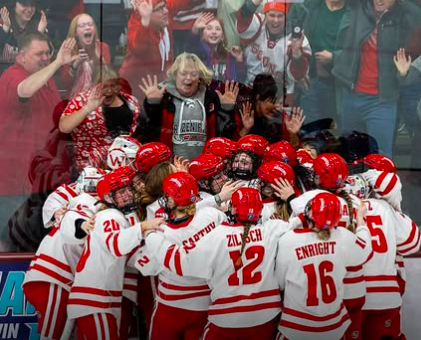1965. Outside. Snow is falling. Dull blades carve rough ice. Hear the crack of pucks and sticks. Timbered voices scratch the wind.
When I step on the ice, someone yells “offside!”
But so are social customs.
I’m a young girl playing hockey. I’m infringing on so-called male turf, and my peers are all in a huffy. Nonetheless, I smile. If they are upset, then we are making headway.
I learned resiliency through sport. I learned to be persistent, to find strength in my team members, and to have the courage to work towards my goals despite injuries and setbacks.
And I have never wanted anything more than gender equality.
I hope that scares them. I hope they know how much we’ve been training for this. I hope they understand how powerful we are. And I hope they choose to join us in our battle; I demand that they choose our team.
I often played on the outdoor rinks of my hometown of Kingston, Ontario as a girl growing up in the 1960s. I experimented in this milieu. Sometimes, I would tuck my hair up under my toque to avoid being recognized as female — my bulky coat and mitts hid the rest of my features well.
This disguise inevitably meant that I would be selected higher in the team pickings, as the captains (usually young men from Queen’s) couldn’t identify my gender.
After I had been selected, I would drop my hair out from under my toque and play with it flowing in the wind for the rest of the game, damn proud to be a girl who played hockey well.
Many years later, as an influential businesswoman in corporate America, I trust my hockey experience helped to prepare me for the challenges I still face on a daily basis. Because here too, am I infringing on men’s turf. It comes as no surprise that a recent study found 90% of high-level female executives were involved in sport in their youth.[i]
In a fabulous article published in womenSports in 1977, journalist Caryl Rivers discusses the semantics behind the term “tomboy,” and maintains that it has a very physical connotation, something that denotes a transgression of “turf” boundaries.[ii] The tomboys of the ‘70s didn’t stay on their side of the gender role fence, whether that was in sports or elsewhere. Interestingly enough, it is these tomboys, once a ragged group of scrape-kneed social outcasts, who are the powerful female leaders we idolize in society today.
This is why sports are powerful, and especially for girls. A cultural institution at the intersection of women, skill, and strength; providing an arena in which to develop the ardor, feminism, collaboration, physical power and mental tenacity needed to hurdle gender barriers and pulverize glass ceilings.
There is a reason that tomboys played sports.
Not that these qualities can’t be cultivated elsewhere – sports are simply a great way to work on everything at once. And the best part of sport: the better we play, the farther we cross into “male” turf, and the more we empower ourselves. So,
Be loud. Be present. Be active.
Be female.
Because yeah, I am a woman.
And I am coming out to level the playing field.
– Rhonda Leeman Taylor
References:
[i]“Women Athletes Business Network – Perspectives on sport and teams,” Ernst & Young, May 2013,
https://www.ey.com/br/pt/about-us/our-sponsorships-and-programs/women-athletes-global-leadership-network—perspectives-on-sport-and-teams. Accessed 14 Aug. 2019.
[ii]Rivers, Caryl.“The Girls of Summer: All the Dirt on the American Tomboy orWhy Girls Say To Heck with the Prince- I’ll Keep the Frog,”in womenSports, 1977.
Rhonda Leeman Taylor was the chair organizer of the first ever Canadian Women’s National Championships in 1982, the first director of the Female Council, and the first woman to sit on the CAHA (Hockey Canada) Board of Directors. Rhonda is currently writing a memoir called “OFFSIDE” about her years as a player, coach, and administrator in women’s hockey, and the struggles and discrimination she had to overcome therein.
To learn more or to pre-order the book visit www.rhondaleemantaylor.com.
[adrotate group=”1″]
Related Articles
Categories
Recent Posts
[adrotate group=”2″]











